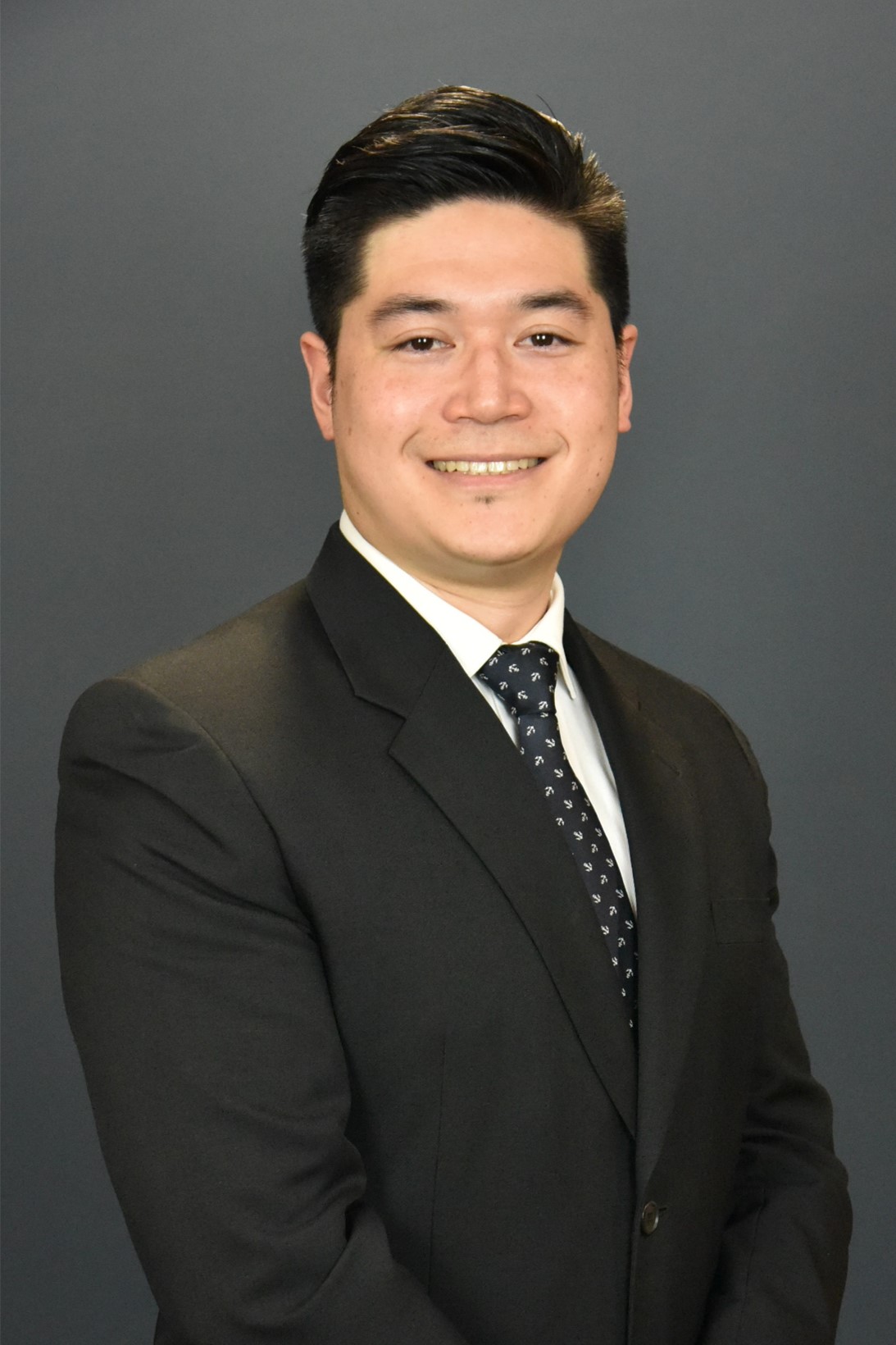Description
Objectives: High Tibial Osteotomy (HTO) and Unicompartmental Knee Arthroplasty (UKA) are reliable surgical options in the treatment of isolated knee medial compartmental osteoarthritis (MOA). Classically, UKA is often selected over HTO in the management of severe MOA. This study compares early clinical outcomes between medial opening-wedge HTO (MOWHTO) and UKA in patients with severe MOA. The authors hypothesize that both surgeries would yield comparable outcomes.
Methods: A retrospective review studying all HTO and UKA performed between January-2016 and April-2021 by a single fellowship-trained knee surgeon proficient in both HTO and UKA at a tertiary institution. Patients with concomitant procedures such as meniscal repair, cruciate ligament reconstruction, prior knee surgeries or who were lost to follow up were excluded from this study. After application of exclusion criteria, 47 HTO and 74 UKA were available for analysis. Propensity score matching was performed, accounting for preoperative clinical scores, age, gender and body mass index (BMI). Clinical outcome measures included the Oxford Knee Score (OKS), Knee Society Knee Score (KSKS) and Knee Society Function Score (KSFS), were collected preoperatively,
six-months and two-years after surgery. Severity of OA was graded on the Kellgren-Lawrence scale, based on pre-operative knee radiographs with anteroposterior, lateral and skyline views. Medial Tibial Plateau Angle (MPTA), Lateral Distal Femoral Angle (LDFA), Joint Line Convergence Angle (JLCA) and Hip-Knee-Ankle Angle (HKAA), were measured on pre-operative weightbearing full-length lower limb radiograph.
Results: Both groups were comparable for age (p > 0.05) (Table 1). Pre-operatively, both groups had similar clinical scores and lower limb alignment profile (Table 2 and 3). At six-months and two-years after surgery, both groups yielded comparable OKS, KSKS, KSFS, PCS and MCS scores (Table 2). Pertaining to post-operative range of motion, knee flexion was similar between both groups across the study period. However, the HTO group reported poorer extension at 6-months (7.27° vs 4.94°, p < 0.05) and 2-years (5.48° vs 3.26°, p < 0.05). Nevertheless, both groups yielded significantly improved clinical outcomes at 6-months as well as at 2 years.
Conclusions: MOWHTO produces comparable outcomes to UKA even in severe isolated medial knee arthrosis and may be a surgical alternative for active
patients with MOA. Longer term studies are required for this cohort.




